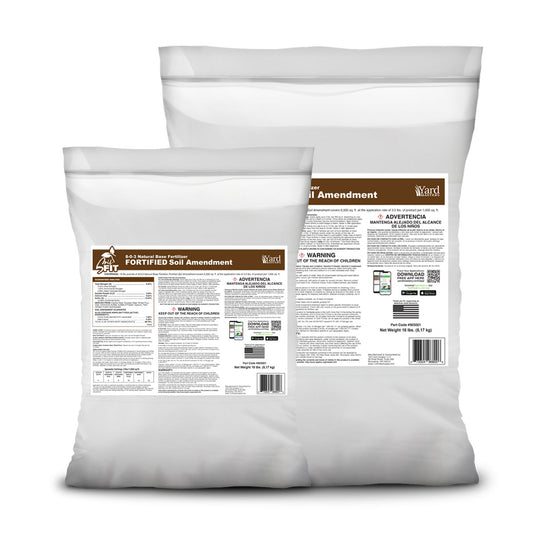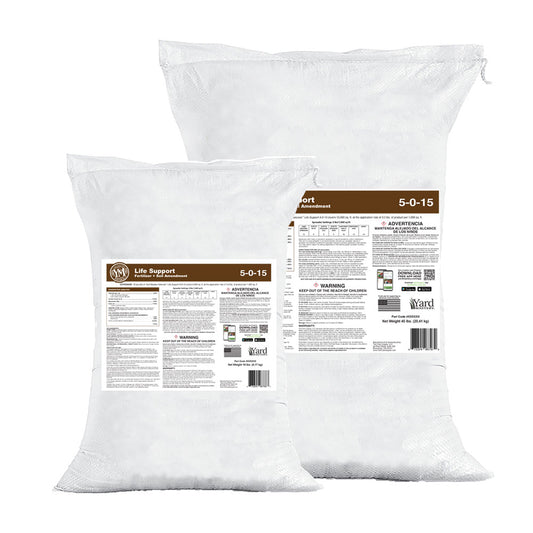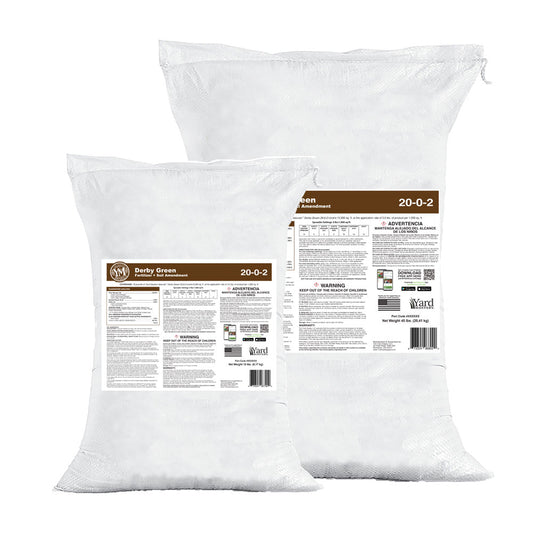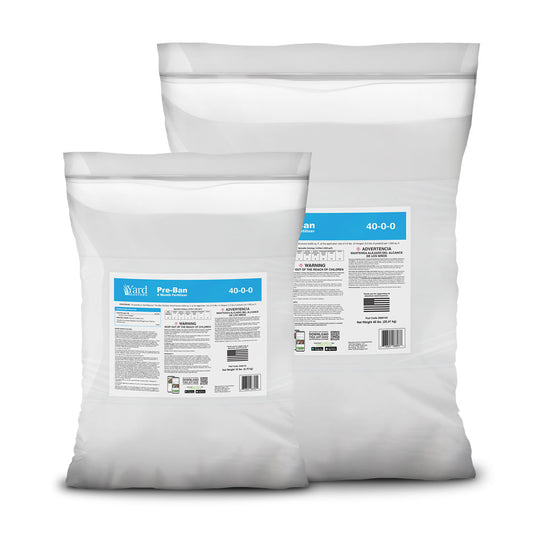Brown spots in your lawn can be frustrating and confusing. These unsightly patches might be caused by various issues such as fungal diseases, insects, drought stress, or fertilizer burn. This comprehensive guide will help you accurately diagnose and treat the underlying causes, bringing your lawn back to vibrant health.
Step 1: Identify the Issue—Why Dig First?
Before applying treatments, you must identify the issue accurately. Carefully dig out a small patch (approximately 6” x 6”) from the affected area. Inspect the soil, grass roots, and the overall condition closely:
-
Grubs or insects: Look for small, white, C-shaped larvae or insect activity.
-
Fungus indicators: Watch for slimy or mushy grass and fungal growth.
-
Dry, powdery soil: Indicates drought or heat stress.
-
Excessive moisture: Often associated with fungal diseases.
Common Causes of Brown Spots
Grubs and Insects
Grubs feed on grass roots beneath the soil surface, weakening the turf. This often results in grass lifting easily, resembling a loose carpet. Animals frequently digging or scratching at your lawn can also indicate grub presence.
-
Identification:
- Grass lifts easily from the soil.
- Presence of white, grub-like larvae.
- Increased animal activity in lawn areas.
- Grass lifts easily from the soil.
-
Treatment:
- Apply season-specific grub control products according to the package directions.
- Consider preventive treatments during early summer.
- Apply season-specific grub control products according to the package directions.
Brown Patch and Large Patch (Fungal Diseases)
These fungal diseases typically produce circular patches with distinct edges. The center of these patches might appear somewhat recovered, creating a donut shape. Warm and humid conditions usually promote these diseases.
-
Identification:
- Circular patterns or rings.
- Distinct patch edges with a possibly recovering center.
- Slimy, mushy texture to affected grass.
- Circular patterns or rings.
-
Treatment:
- Apply appropriate fungicides (Azoxystrobin, Propiconazole).
- Maintain proper lawn practices like regular mowing, aeration, and avoiding excessive moisture.
- Apply appropriate fungicides (Azoxystrobin, Propiconazole).
Heat and Drought Stress
Grass experiencing heat or drought stress becomes dry and crunchy, losing its green color and vitality.
-
Identification:
- Brown, crunchy grass blades.
- Dry, dusty soil beneath turf.
- Grass rebounds slowly or not at all after watering.
- Brown, crunchy grass blades.
-
Treatment:
- Increase watering frequency and duration.
- Apply moisture-retention products like Moisture Manager to improve soil moisture availability.
- Increase watering frequency and duration.
Fertilizer Burn or “Hungover” Lawns
Fertilizer burn typically happens from misapplication or over-application, as well as concentrated pet urine spots.
-
Identification:
- Yellow or brown patches, often shortly after fertilizing.
- Dead, dry grass patches appearing burnt.
- Yellow or brown patches, often shortly after fertilizing.
-
Treatment:
- Flush the area thoroughly with water to dilute and wash away excess fertilizer.
- Apply bio-stimulants to aid in recovery and promote healthy regrowth.
- Flush the area thoroughly with water to dilute and wash away excess fertilizer.
Will My Brown Grass Come Back?
Brown grass recovery depends on the cause and extent of the damage.
-
Dormancy vs. Damage:
- Grass dormant due to drought usually recovers with increased watering.
- Severe grub or fungal damage often requires overseeding or reseeding to restore healthy grass.
- Grass dormant due to drought usually recovers with increased watering.
-
Actions:
- Monitor closely after watering; look for signs of new growth.
- Plan for overseeding if grass fails to respond adequately.
- Monitor closely after watering; look for signs of new growth.
Fungus vs. Insects: How to Tell the Difference
Distinguishing between fungal and insect damage helps apply effective treatments.
-
Fungus Identification:
- Circular patterns, slimy or mushy grass, distinct edges.
- Circular patterns, slimy or mushy grass, distinct edges.
-
Insect Identification:
- Grass lifts easily; visible grubs or insects below the soil surface.
- Grass lifts easily; visible grubs or insects below the soil surface.
Preventing Brown Spots Year-Round
Proper lawn care practices are key to preventing issues proactively.
-
Watering:
- Water deeply but infrequently, ideally in the early morning.
- Water deeply but infrequently, ideally in the early morning.
-
Mowing:
- Keep mower blades sharp and mow at appropriate heights.
- Keep mower blades sharp and mow at appropriate heights.
-
Aeration:
- Aerate annually to reduce soil compaction and improve water and nutrient penetration.
-
Seasonal Treatments:
- Apply bio-stimulants and preventive fungicides and grub control seasonally.
Products to Keep on Hand
Having these products readily available allows quick action when issues arise:
- Grub control products (preventative and curative)
- Fungicide packs (Azoxystrobin, Propiconazole)
- Bio-stimulants and soil enhancers
- Moisture-retention products
Conclusion
Brown spots don’t have to be a permanent issue in your lawn. With careful diagnosis and targeted treatment, your lawn can quickly return to lush, healthy green.






